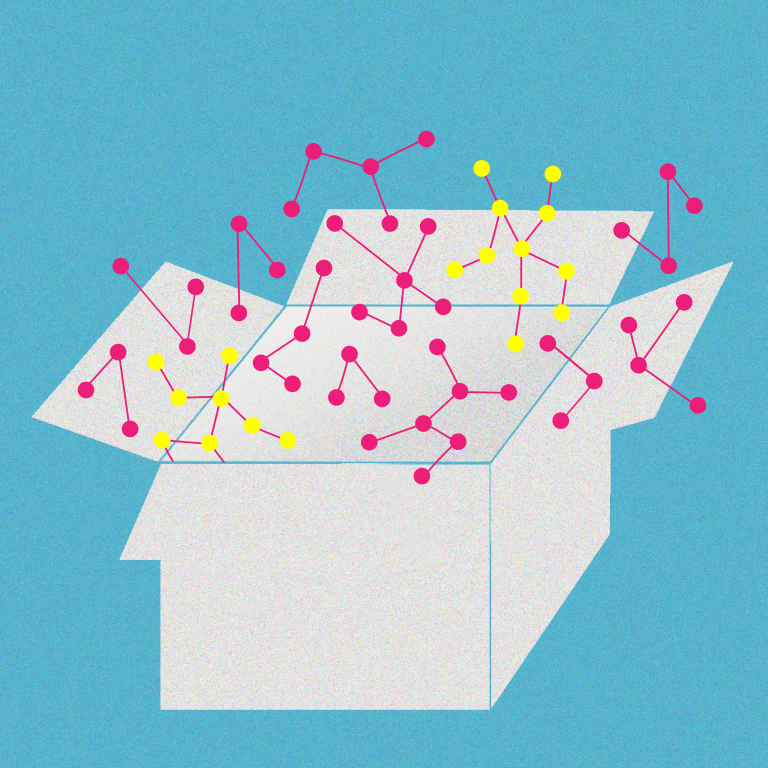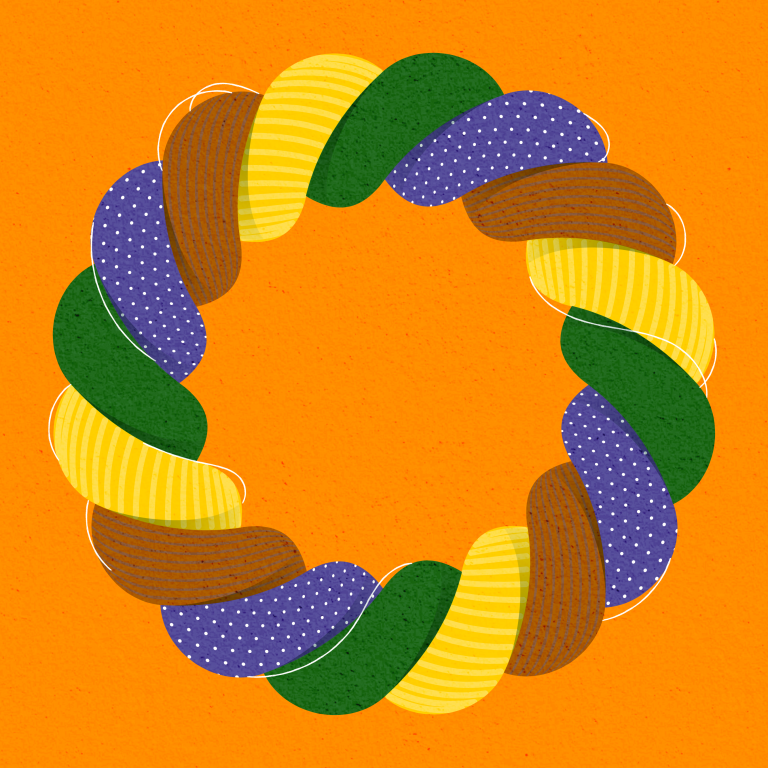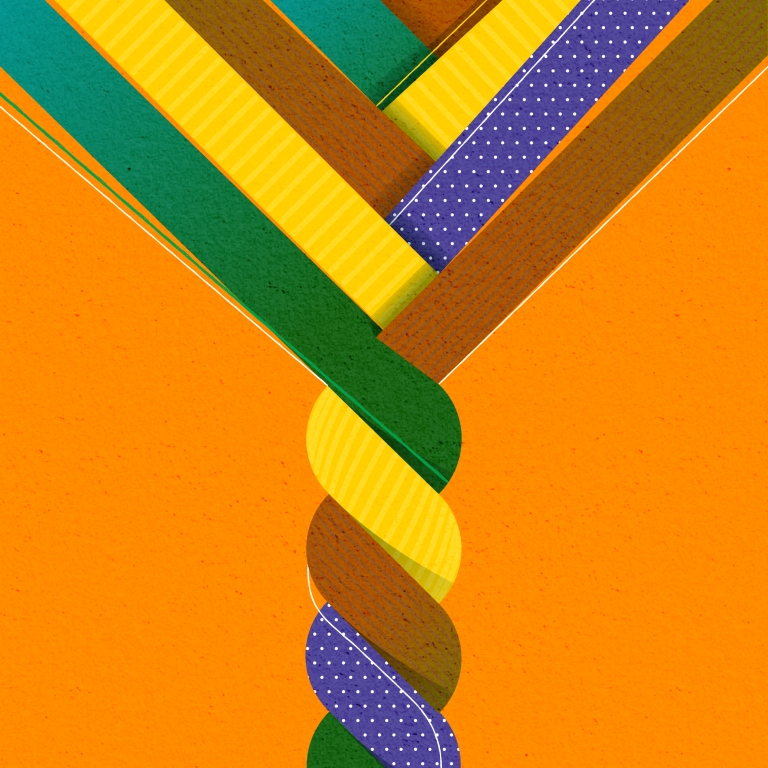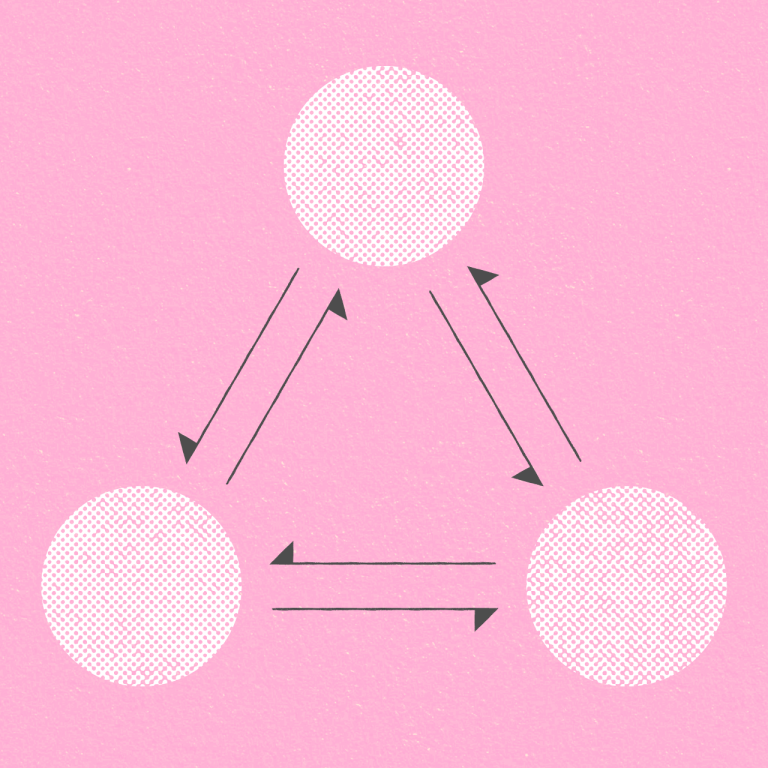Recently, I’ve taken a special interest in interactive spaces. Initially, it took the form of HCI, or human-computer interaction, which is a field that attempts to answer questions like how to better design and navigate technological interfaces. At first, I was focused on computerized spaces, exploring the Zettelkasten method, and tending to my digital garden. Over time this interest grew in varied ways. Most notably, it grew roots into the “real” world, taking hold via tangible things beyond the digital interface.
I started noticing that the tools I use change the way I express ideas (read: embodied cognition): using a pen and paper will allow me to come up with more visual-based ideas than typing an abstract stream of consciousness on my computer. During this time, I was still nomading, and traveling to different areas, and observed that being immersed in different environments also impacted my ways of thinking (ie, being in Asia, subtly increased the amount of mindfulness I had of the everyday passerby, versus in America).
Carl Jung once said, “The meeting of two personalities is like the contact of two chemical substances: if there is any reaction, both are transformed.” In the same way that people tend to affect each other, an oftentimes underestimated transformation vector is the environment. If people change people, and spaces are highly distilled and curated forms of what people believe to be “functional” or “beautiful,” shouldn’t spaces have the capacity for alchemy as well? These days, I’ve been thinking about how walking through a certain environment is similar to having a conversation with the people who designed it. Spaces, in essence, are intentions crystallized into form: form that people can walk through, live in, and sometimes even change with.
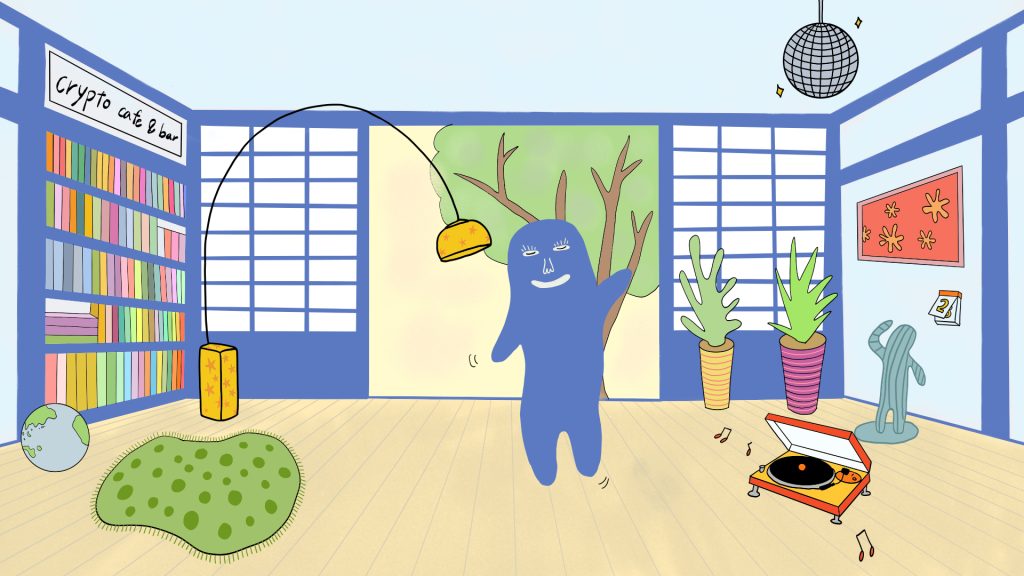
Because “environments” are physical places, they operate on a longer time frame than we do — and the iteration and conversations between us are hardly noticeable. But sometimes, if we are lucky, and we walk into an environment that meshes well with our psyche, something clicks and we are struck by awe and inspiration.
I haven’t quite figured out the ingredients for reliably awe-inducing spaces, but I think it has something to do with a kind of embodied aestheticism or a sense of inherent belonging and togetherness. The places that have made me feel this way always included a component of universal love and ego-lessness, of something beyond one singular person. When I listen clearly, the space says “You are seen, you are not alone, and it’s okay for you to be here.” It’s the same kind of felt sense that is encapsulated, almost perfectly, in healthy and working communities.
So then the question becomes: how do you create a space that feels like a community? When we think about curated environments, especially in the context of our own homes, the curation is highly personal. Usually, a singular voice, or aesthetic preference, shines through — it’s like walking into someone’s own corner of the world. But can collective space-shaping bring us closer to reliably producing this sense of affinity?
This is where Crypto Cafe & Bar comes in (For convenience, we will call it ‘Crypto Bar’ for the rest of the article). In this room, which started off as a blank, shiny, slate of tinfoil and reflective walls, we have an opportunity to allow those who enter to govern it: be it through menu items, or even decor. Here, we have planted a seed of intention for something greater beyond any one of us to emerge from — and the fertilizer is the community.
Crypto Bar as a sandbox environment
One of the goals we have for Crypto Bar is for it to not only feel like a home where members can gather but also be a sandbox for interactivity. Good communities create a sense of belonging, but to encompass this feeling in a physical space — well, this is the real challenge of Crypto Bar.
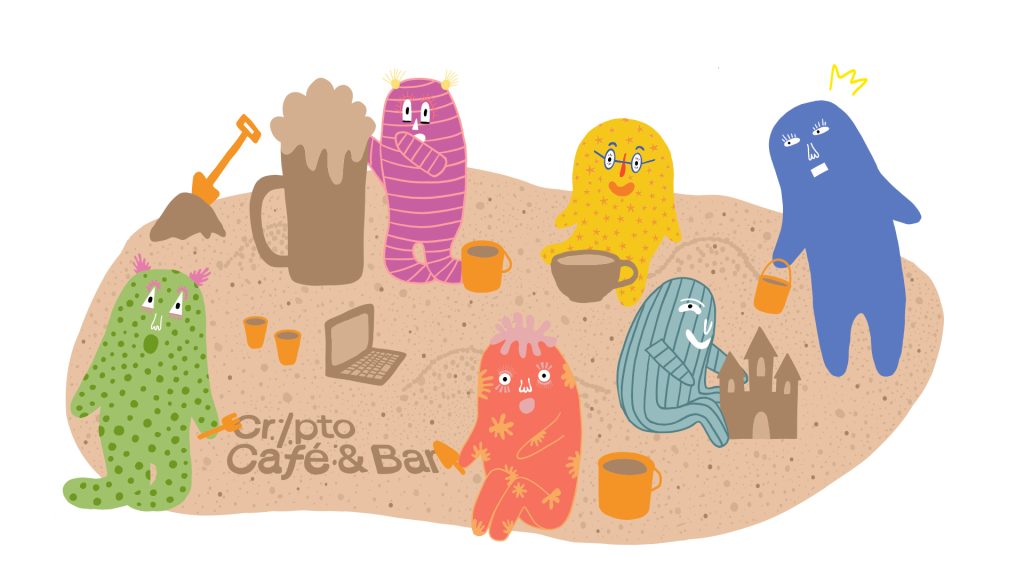
We have some hypotheses, like allowing patrons to have voting rights around environmental levers, hosting events where people of different worlds can mingle together, or experimenting with memberships for the consistency of patrons. These will all be part of a grand experiment that we want to extend the invite to you, a fellow potential member of the Crypto Bar family, to help shape.
And because Crypto Bar is, well, Crypto Bar, one of the themes that will be central to this community is exploring crypto, beyond financial speculation. We’re designing some educational and interactive ways for both newcomers to onboard into this space, as well as veterans to experience it in a new way. At the end of the day, the magic of web3 is that it endeavors to create and develop technologies that allow people to coordinate better, but sometimes (and ironically) the technical elements get in the way. I’ve written before that blockchain represents the closest technology we have to programming the collective unconsciousness — and indeed, even getting close to doing so requires participation from everyone, including the non-technical.
As a side note, my primary philosophy of learning is by doing. If so much of what it means to be involved in web3 —coordination, incentive design, and decentralization— is exercising the core muscle of participating, we can get creative. This is also core to my ethos of how I run things at Akiya Collective, another DAO I’m actively building and have written previously about, that allows people to participate despite not knowing about, or being new to web3. Of course, we’ll have educational events at Crypto Bar that help to onboard people, like creating a wallet and playing with tokens, but this shouldn’t prevent the crypto-curious from trying out this new mental model first, and seeing whether it’s a fit for them.
In this regard, we’re having fun with a bit of recursion, where learners are learning through participation, and their participation is dually sculpting the environment where they are learning — welcome to participatory design.
Welcome to Crypto Bar.
The Pilot Experiment
We’re in the midst of planning our pilot experiment at Crypto Bar, which is planned for March.
As an experience architect, I wanted to design an event that allowed people to experience the beauty of governance and coordination of web3 without getting too much in the technical weeds, like having to create a wallet. Because we have the benefit of a physical space, and the ability to program live feedback via on-site voting, this unlocks an entirely different set of opportunities that don’t exist in the purely digital web3 world.
Thus, came the origin of a simple yet delightful experiment that allowed people to immediately see the power of their own voice and preferences. What better way to illustrate this, than giving patrons voting rights to a drink menu at a bar?
Without giving away too much (you’ll have to come and see for yourself), we’re designing a mechanism that allows the variety of drinks you can order at the bar to change dynamically based on the patrons’ preferences. In the web3 world equivalent, this would be akin to governance proposals, and using wallet tokens to vote via smart contract.

As we’re exploring a DAO model for Crypto Bar, there’s a lot we want to test out: How receptive are people to governance? What kinds of variables do people get most engaged with? It’s important to decouple these basic preferences from the technicalities that come from onboarding. Like all well-designed experiments, it’s important to eliminate confounding variables to the best of our ability. Of course, we can’t design a perfect experiment (let’s save those theoretical nuances for academia), but that’s the beauty of doing something IRL. It turns out that there are many things we’d like to know about how the community intuitively does governance before we design and codify an incentive system that accurately reflects preferences.
In short, the point of these experiments is to learn about how people can coordinate, and have our potential future members practice the muscle of voting — I can’t over-emphasize how important this is before doing the lift of solidifying a certain incentive stack that’s reflected on the blockchain, and thus, harder to change.
In understanding the primitive rules of how a certain collective operates, it’s important to observe. But observation and inference require a well-designed feedback loop. Given that this is the first experiment, we’ll create shorter feedback cycles: the longer it takes between user input and response, the harder it is to pinpoint direct causality. In this case, if it takes too long for the menu to update and aggregate voting results, people may lose interest, or feel like they don’t have a direct impact on the environment.
The short feedback loop is important — when you vote, and see your preferences ripple immediately into real world changes, this is powerful: it’s essentially a reminder of existence, and that your preference matters, and that you directly can also shape the way that other people exist. It’s supposed to feel like magic: the act of willing something into existence.
The science of shapeshifting
Crypto Bar presents a fantastic opportunity for us to understand more about how digital and physical governance works: how they interplay and influence each other, but also how they differ. Especially with the rise of artificial intelligence and other tech advances, the digital and physical worlds are becoming more and more intertwined: ideas and facts constructed in the digital space now have a direct impact on the way we perceive and interact with the physical world.
We’d like to use Crypto Bar to uncover more behind this relationship, and where things start to glitch in the matrix. We are essentially hosting a sandbox, or in other words, in IRL server for people to play and experiment in. A physical location is crucial for this, as it gets to the core of how humans intuitively interact with each other; digital worlds sometimes represent a warped view.
This is as much of a decentralized science experiment, as it is a social environment for the curious to come together and collectively shapeshift reality. While Crypto Bar represents the environment, or the initial set of design conditions that we can set, at the end of the day, it’s the people and the interactions between them that complete the puzzle—which are impossible to perfectly predict or engineer. This kind of unpredictability leads to a kind of delight in surrender, and in the organic and unfolding novelty that continues to make life interesting. An infinite number of permutations could emerge, but in this world, actions represent votes towards a world that patrons want to see exist — for both themselves and others. So, out of all the worlds that could exist, what kind of world do we want to create together?
In starting with something simple, I say cheers to that, and let us share a drink (or two) together to discuss and manifest our ideal realities. You know where to go. The only thing left is seeing you there.
Michelle Huang is an Experience Architect at DAL. She is creative technologist and founder of Akiya Collective. (michellehuang42@gmail.com)
Illustration: Asuka Zoe Hayashi
Edits: Janine Liberty

